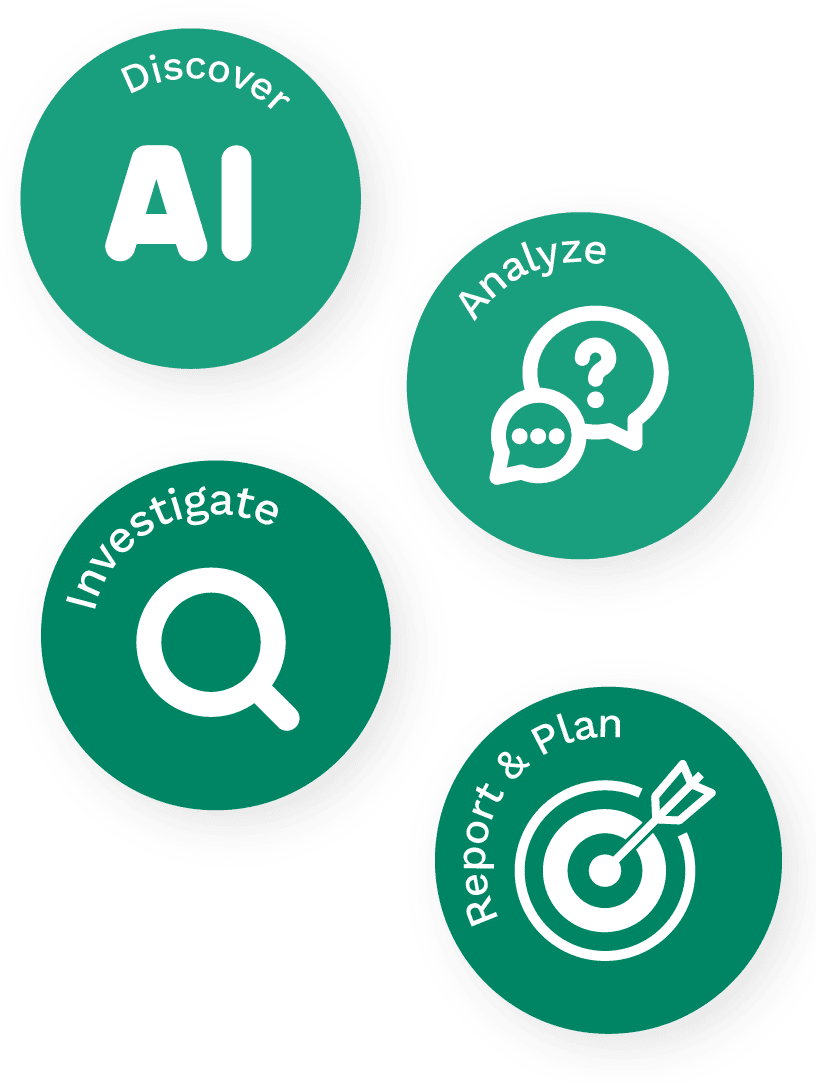"The collaboration with DataNorth went very well. The communication was good, and they’re all intelligent and sociable professionals. It is evident that they have a lot of expertise."
Sophie Vermolen
Brand and Product Manager @Westland @ Signature Foods

How the EU AI Act Assessment works
At DataNorth, we use a four-step approach in our EU AI Act Assessment process.
After the fourth step you’ll have complete confidence that your AI systems meet EU AI Act requirements, protecting your business from penalties up to €35 million while enabling continued innovation.
EU AI Act Assessment process

Step 1: Discovery & Inventory
Step 2: Risk Classification
Step 3: Compliance Gap Analysis
Step 4: Actionable Roadmap
Curious whether you are compliant?
Get in touch with us today.


Experts in Artificial Intelligence
Why Choose DataNorth?
9+ Years of AI Experience
Highly Experienced AI Experts
We give 100% Honest Advice
Get your AI Act assessment today!
EU AI Act Assessment
Regulatory AI specialists
Tailored approach
Actionable results
Ongoing support



